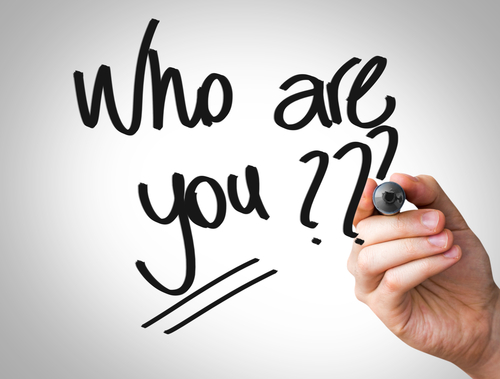Imagine this:
There’s a single place where all business professionals meet, make deals, and form partnerships. In that space, each person–you included–is recognized in two ways–public-facing appearance and interaction with others. The better you appear, the more people want to interact with you, and the more you interact (making deals and forming partnerships), the better you appear. By looking better and making better connections, you grow your career and your relationships exponentially, endlessly.
So that’s what you do, right?
Strangely enough, no. Largely, people don’t update their LinkedIn profiles. If you’re part of the vast majority (myself included) using LinkedIn, you make a couple of connections, update your profile when you’re searching for a job, and you stop. You still add people you meet at networking events, but you rarely modify your profile, update your experience, or even change your picture.
Why is that?
The Truth Behind Social Identities
To get at this problem, we have to think more broadly about social identity at large, what it means to create a social persona we leverage for connection building.
Let’s start by approaching this in the wild, assuming that identities arise from the need to connect. When meeting someone new, we establish the identity that works, that’s pleasing, and yields the desired results.Then, we go. Rarely, if ever, do we think, years into a relationship with someone I need to optimize my appearance/experience to stay relevant to this person.
Instead, we have relationships with them. We chat, share stories, swap appropriate life updates.
So, on the one hand, we can say that static social identities exist because they mirror the real world, because we know that, even if something changes, the person we’re connected to will know because we tell them.
On the other hand, we tend toward static social identities for practical reasons: because it’s easier, because how much can it possibly matter?, because we’re tired and, despite the obvious benefits of leveraging digital social tools, we just don’t want to.
It’s these real-world considerations based on practicality and tradition that leave us locked in this transactional social media model. We, the generations of “measure twice, cut once” mentality, rely on getting things right, maintaining personal relationships to fill in the gaps, and only want to put in the work if we have to make a new impression.
So, of course, that’s why, with LinkedIn, we update our profiles when we’re looking for a job, but never when we’ve just gotten one.
Analog Relationships in a Digital World
The problem with this, of course, is that social media is part of the digital universe, not the analog one.
And in digital, as you may well know, a strategy of sameness is a strategy of stagnation, irrelevance, dismissal. 1-to-1 transaction isn’t the name of the game here; . Just as we tend to forget about our friends who don’t tweet regularly, who don’t update weekly on Facebook, the digital culture of change-and-engage has bled into what it means to have an identity, a profile, a presence online.
In doing so, it’s shifted what’s required to stay relevant to your connections, those who don’t just use social media to check up on you but rely on it to remind them that you exist. Digital relationship platforms–like LinkedIn–require regular engagement, regular updates, etc. specifically because your contacts (and mine) no longer count on talking to you, on getting the little life update, and would probably feel a little strange if you tried to offer it to them.
The name of our game–we who are professionals, who rely on connections moving our lives (and the world) forward–has changed, and no one’s exempt. We’re in that space I described in the beginning, and we’re left with a very simple choice: to stay relevant or to stagnate. To play the game and reap the rewards of a world more connected than it’s ever been before, or to rely on a thinking that fails to leverage half of the communication and connections tools we have at our disposal.
Ultimately, the choice is yours, but digital culture is pervasive enough to suggest that there is a right way and a wrong way to proceed. So go win.
And while winning, try the CircleBack app for iOS or Android. An intelligent and one of the best contact managers, CircleBack allows you to connect your social networks to a single address book through address book sync and enjoy the convenience of all of your contact information being centrally located, managed, and automatically updated. CircleBack makes it easy to reach out, connect with contacts you’ve lost touch with, and to have a better experience keeping your address book updated than you ever have before.

